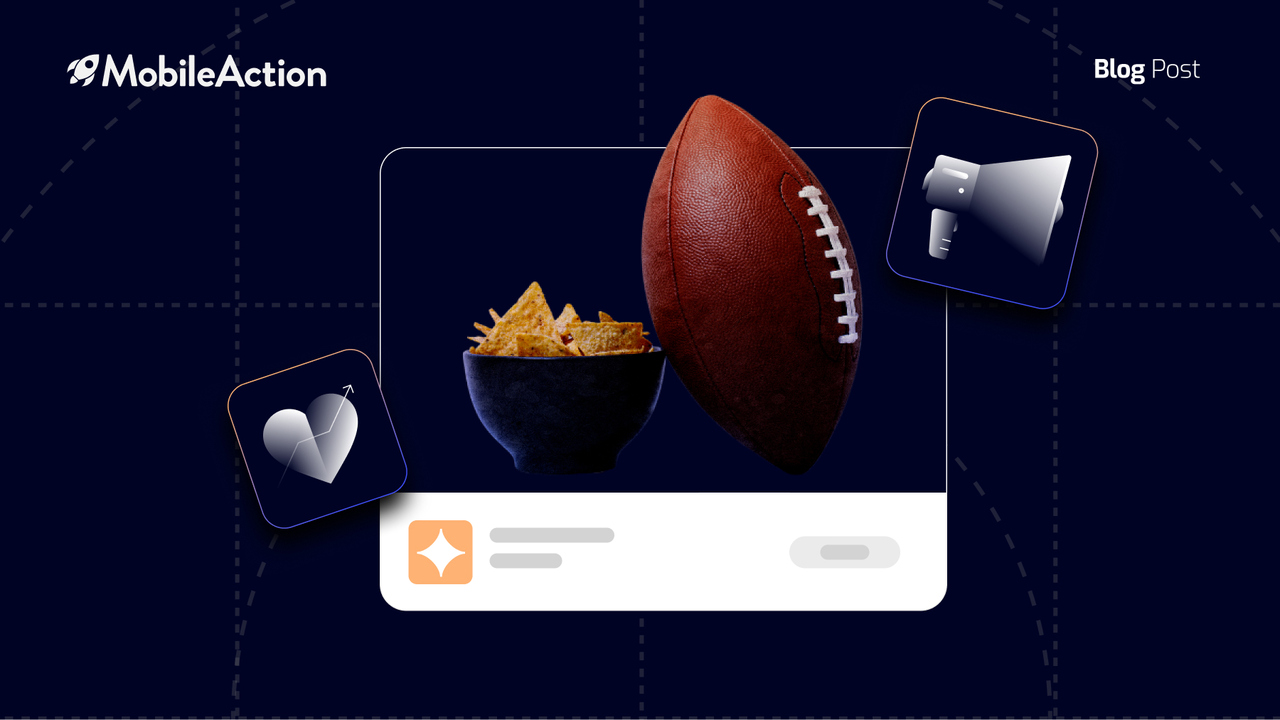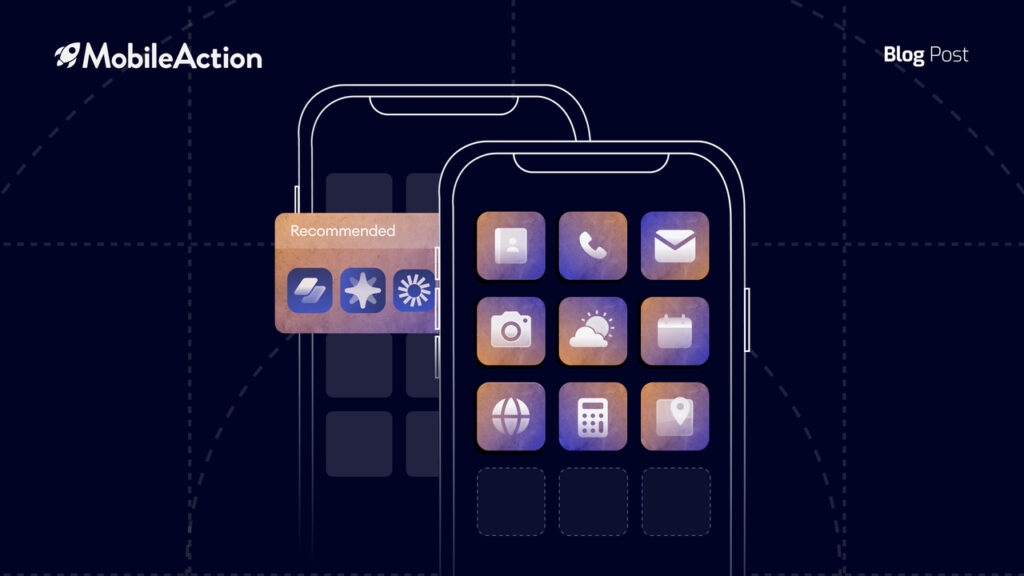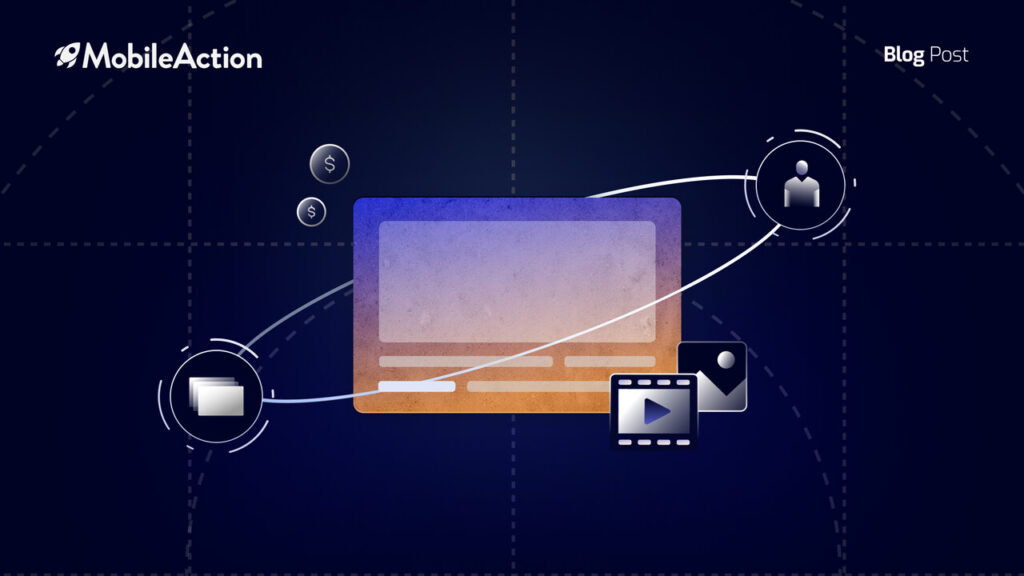Love is in the air these days, right? The reason is simple: Valentine’s Day is getting closer every day. On the other hand, the waters do not settle for the American football fans either, since we are also greeting the Super Bowl.
As we always say, ASO is like a huge mall with so many different stores and to stand out among them you should use every opportunity to have the best advertisement and optimize your position.
Why seasonal app marketing matters for ASO:
- User behavior can change based on the current season
- Seasonal changes can impact the popularity of keywords
- Leveraging seasonality with unique creatives, in-app experiences, and in-app event cards can boost conversion rates
- Incorporating seasonality can also improve the retention rate of current users
But the real question here is how to use seasonality for a better ASO.
Let’s find out more together.
First, to be fully ready, you need to plan your strategies at least a quarter before the specific seasonal event.
When planning your seasonal app marketing strategy, consider the following tips:
- Consider the season and the needs of your target users.
- Evaluate how the season relates to your app.
- Determine the specific locations and demographics you want to target.
- Ensure your messaging aligns with the spirit of the season.
Now, let’s continue step by step, stick with us to discover how seasonality can boost your app performance.
A guide to seasonal app marketing: Seasonal keywords
To be more visible and popular on the app store seasonal keywords are like a treasure for your metadata.
For example, gift shopping, travel, and entertainment keywords are popular during the holiday season, and using these in your app metadata can result in increased downloads. If your product pages are optimized of course. Nonetheless, you should leverage keyword trends to increase your visibility in the app stores.
With keyword trends, you can see the current trending keywords for different storefronts and categories. Plus, you can forecast their future popularity performance by analyzing popularity histories throughout the year and predict future performances.
To be successful in seasonal app marketing, it’s crucial to closely monitor keyword performance. For example, while “love” may seem like a natural keyword to target for Valentine’s Day, its volume remains consistent throughout the year. However, “valentines day” sees a drastic increase in volumes, going from 5 to 53 as the holiday approaches.
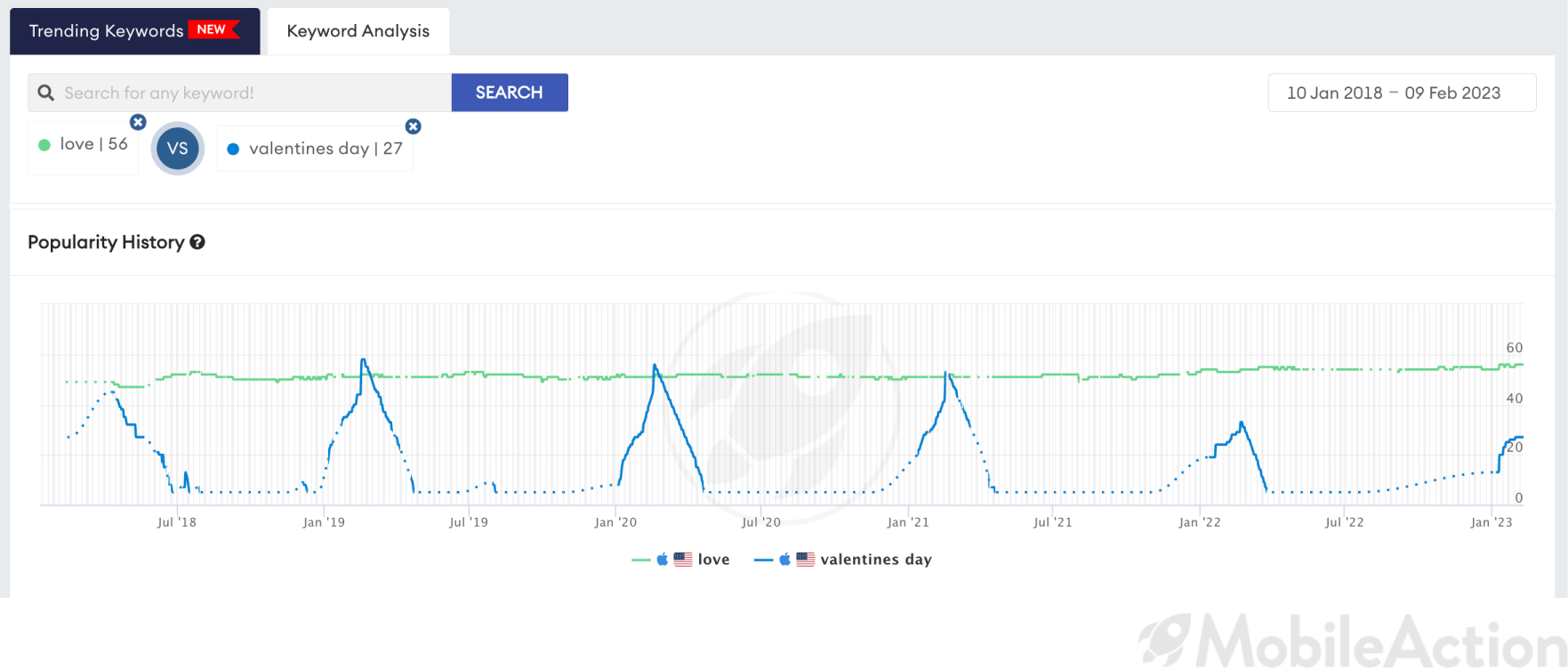
This presents a significant opportunity because it is harder to rank for a popular keyword. Chance on MobileAction’s dashboard represent the probability of any app ranking in the top 10 results for a specific keyword. So a keyword with a high chance will be a better opportunity for you.
Instead of targeting “love” which has a low chance you can easily rank in the top ten for “valentines day” due to its high volume.

The same trend also goes for Super Bowl, “super bowl” and “nfl” are keywords that get popular every February through the years.
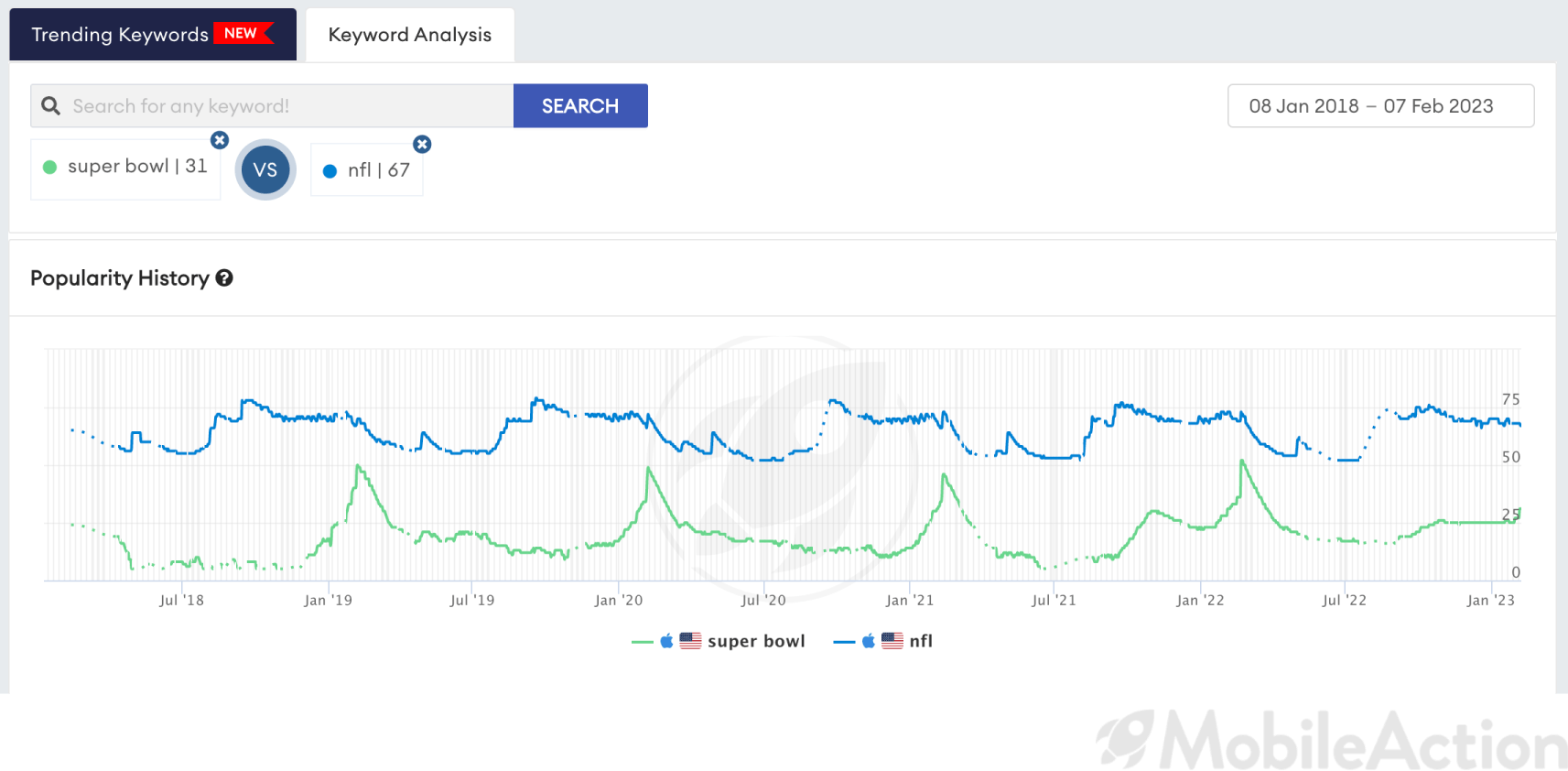
It is quite popular that the trend for “valentines day” and “super bowl” seems to repeat this year too,
Also, not just for the organic side you can use this information for the paid side too. If your app is related to Valentine’s Day or Super Bowl, you can increase your bids for related keywords before everyone else does and be ready for the seasonal competition.
Maximizing User Engagement: Seasonal In-App Events
In-app events can be customized to specific times and dates for various regions. To leverage in-app events, consider creating challenges or competitions within your app, hosting live events, announcing major updates, introducing new content or storylines, premiering new elements, and organizing limited-time events. Combining these powerful tools with targeted keywords and creative campaigns during different seasons can be a winning formula for your mobile app, driving higher conversion rates.
As you can see the pictures that are captured from MobileAction’s dashboard, different apps from different categories use in-app events to start seasonal challenges, seasonal additions or seasonal promotions.
To decrease your testing cost and optimize your time you can easily see the in-app event strategies of your competitors and take action accordingly using MobileAction’s In-App Events Tracker tool.
Valentine’s Day
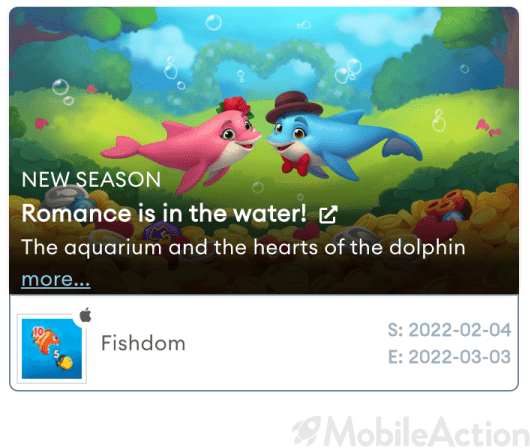


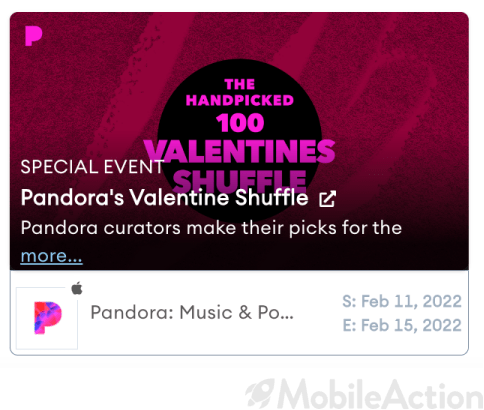
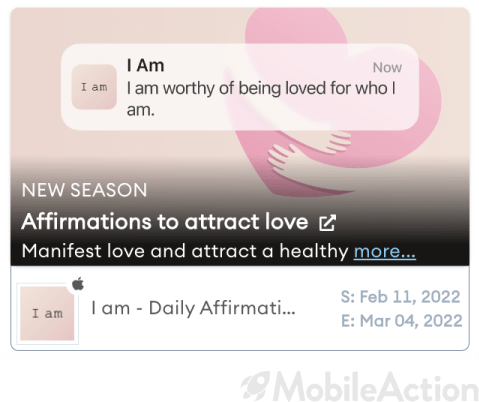
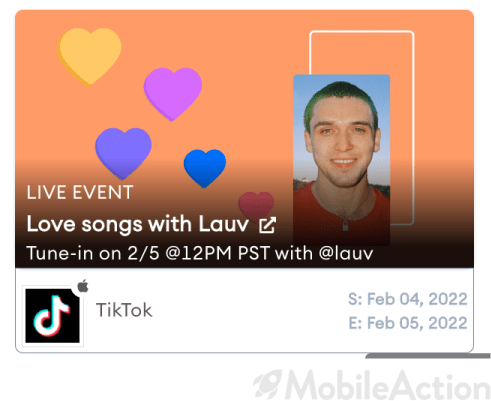
Super Bowl
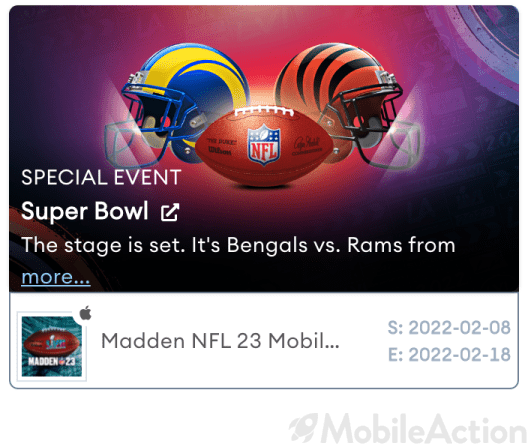
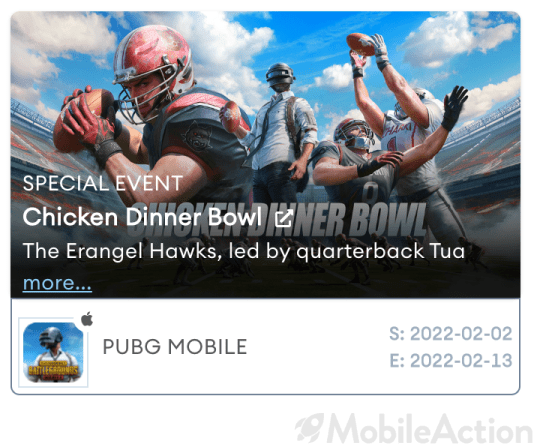
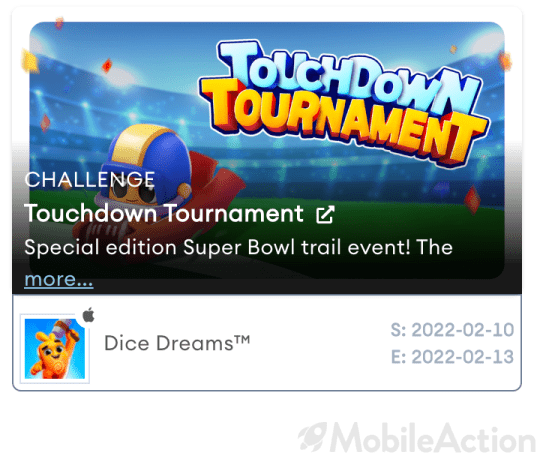
Staying Ahead of the Game: ASO and Apple Search Ads Synergy for Seasonality
During seasonal periods, testing both the organic and paid elements of the app can help identify the assets that yield the best return. Effective keyword research and its integration in both the organic and paid side can be a game changer. Focusing on both sides will skyrocket your rankings and revenue.
Let’s take a look at two finance apps that are using SearchAds.com and targeting similar keywords. One app is able to achieve results from the keyword “money management,” while the other app is unable to spend on the same keyword, despite having a bid more than double the other’s. The first app has a higher spend and organic ranking for the “money management” keyword with lower bids compared to the other app.
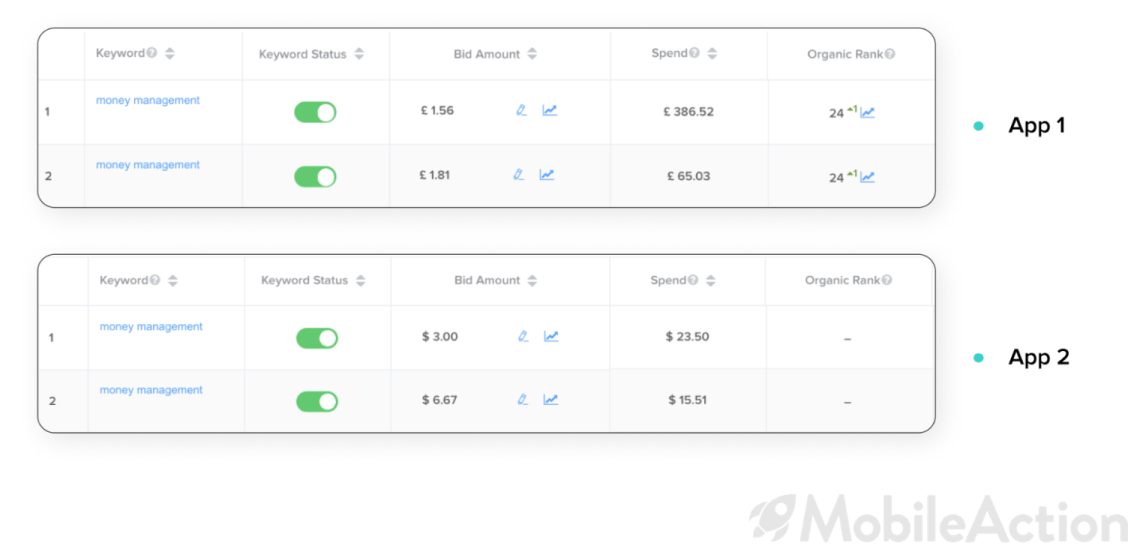
As an example, Temu a shopping app updated its screenshots and description before Valentine’s Day, and its ranking keywords increased in a very short period of time.
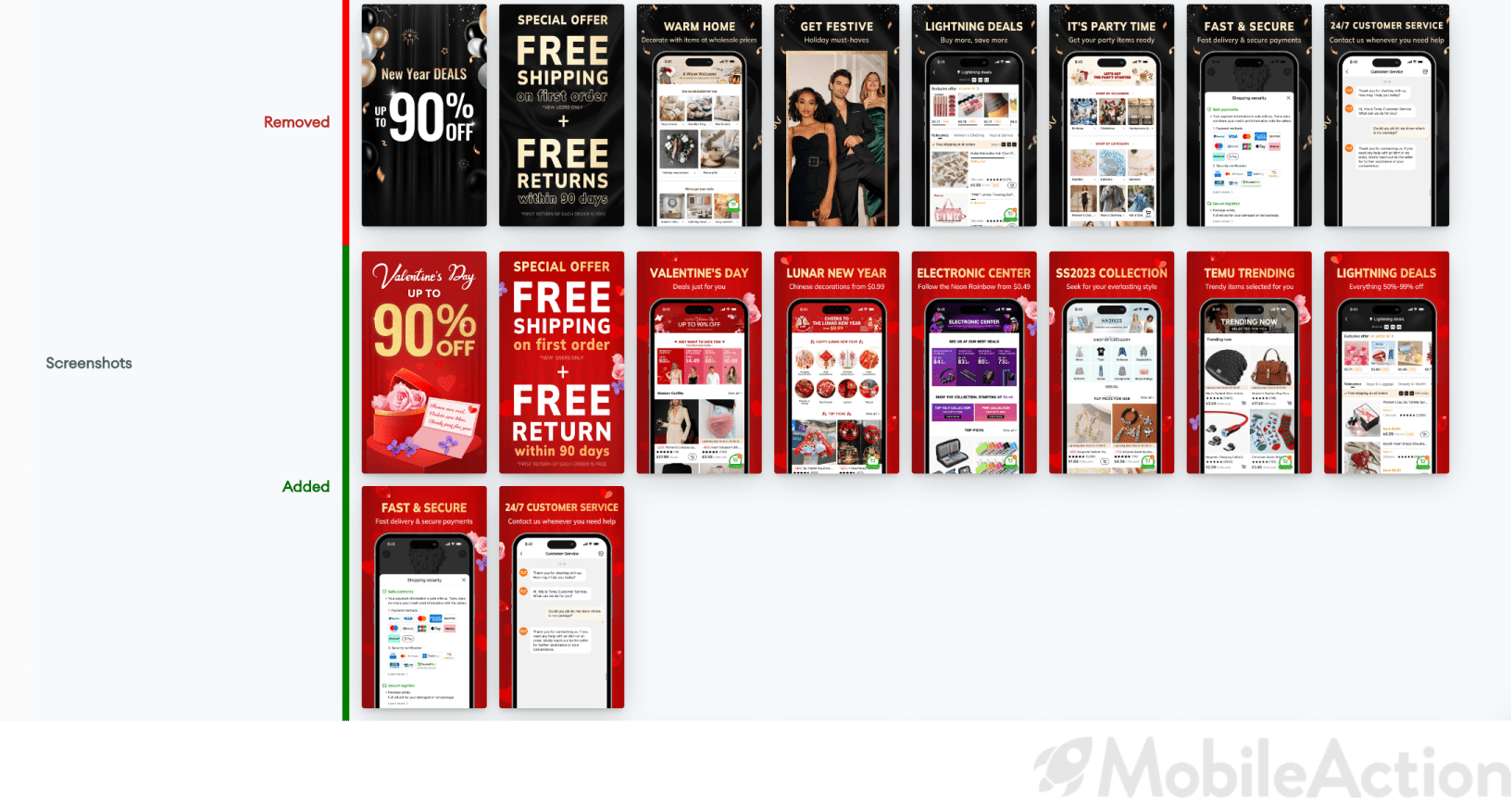
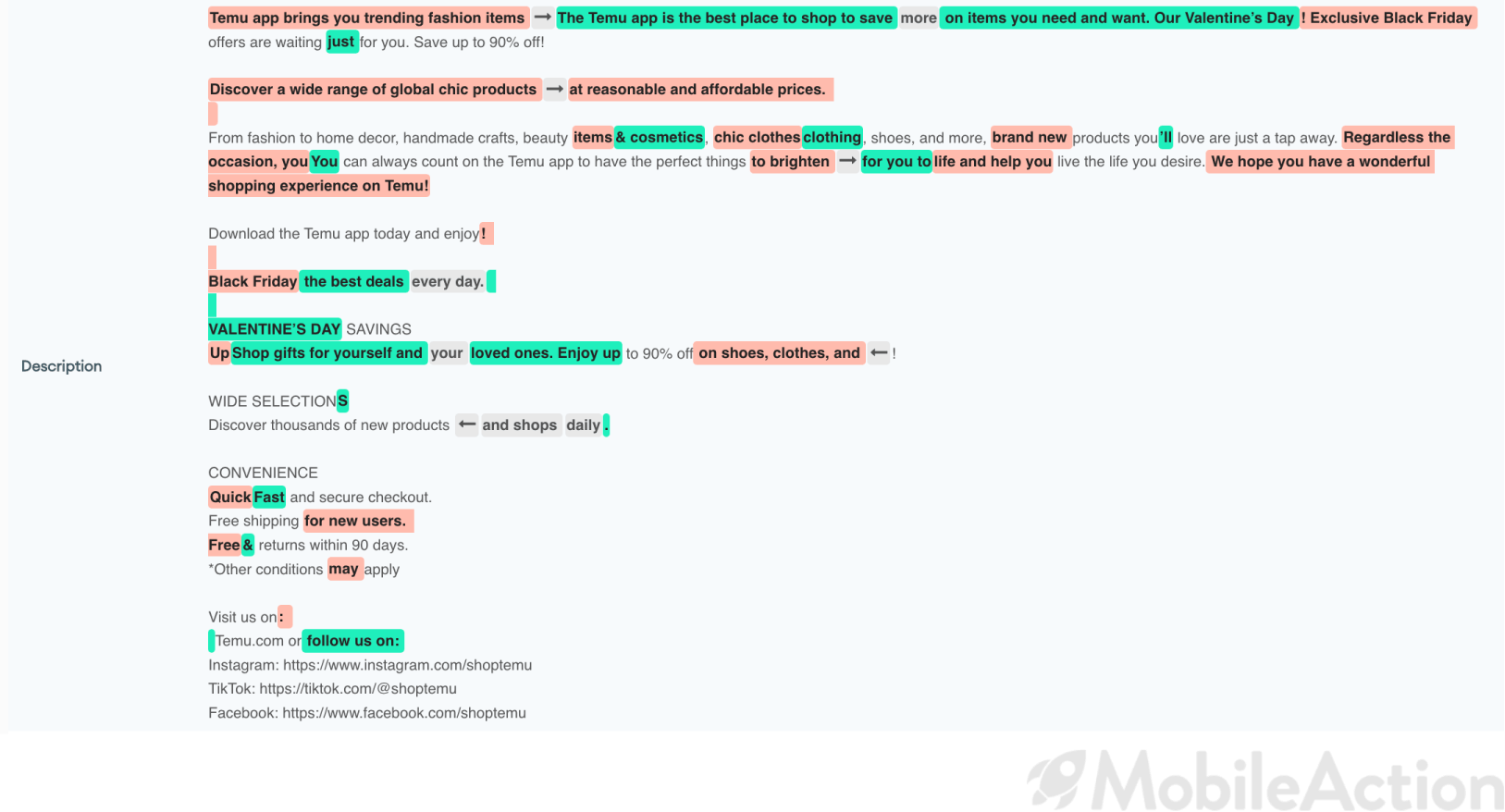

Not just for the organic side, Temu is currently getting impressions from Valentine’s Day-related keywords for the paid side. This is an excellent example of how ASO and Apple Search Ads can be combined for effective seasonal app marketing.
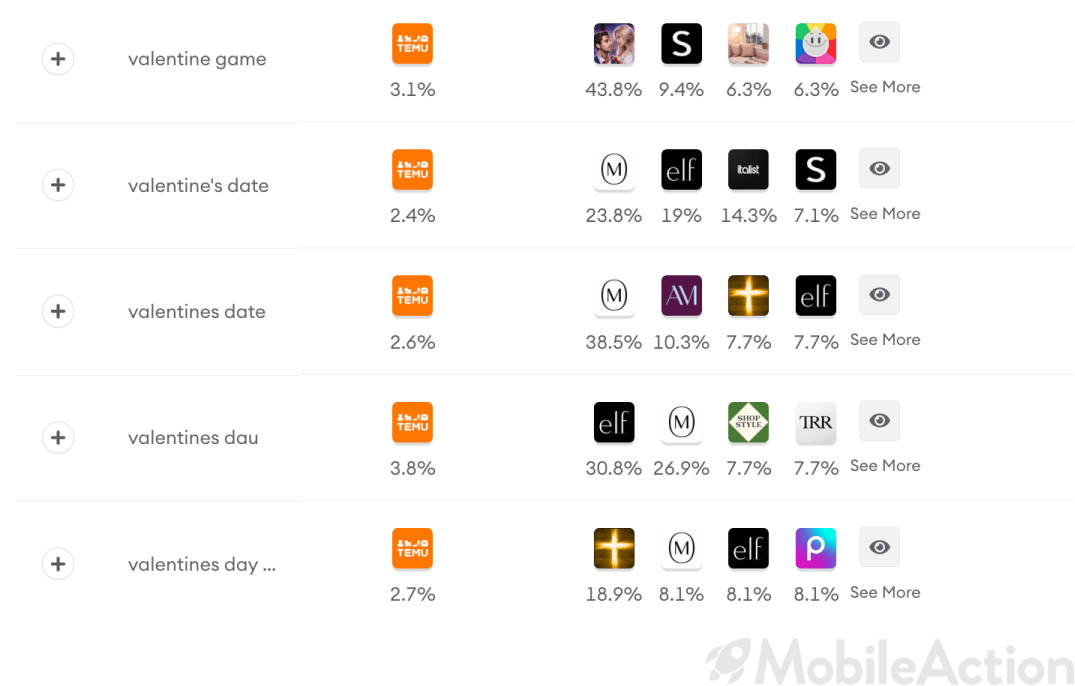
Creating High-Impact and Engaging User Experiences: Seasonal Custom Product Pages
Another effective strategy to consider is using custom product pages for your Apple Search Ads campaigns. According to data from SearchAds.com, campaigns with custom product pages have a conversion rate that is 28% higher than those without CPPs.
Seasonal campaigns can be a great opportunity to experiment with custom product pages in Apple Search Ads. Especially if you have yet to try them or have yet to be satisfied with your results so far. They can give you the opportunity to meet users’ intent with relevant content.
As you can see below, different custom product pages are integrated for the keyword “valentines day”. Different apps from different categories use this seasonal event to attract more users for the paid side.
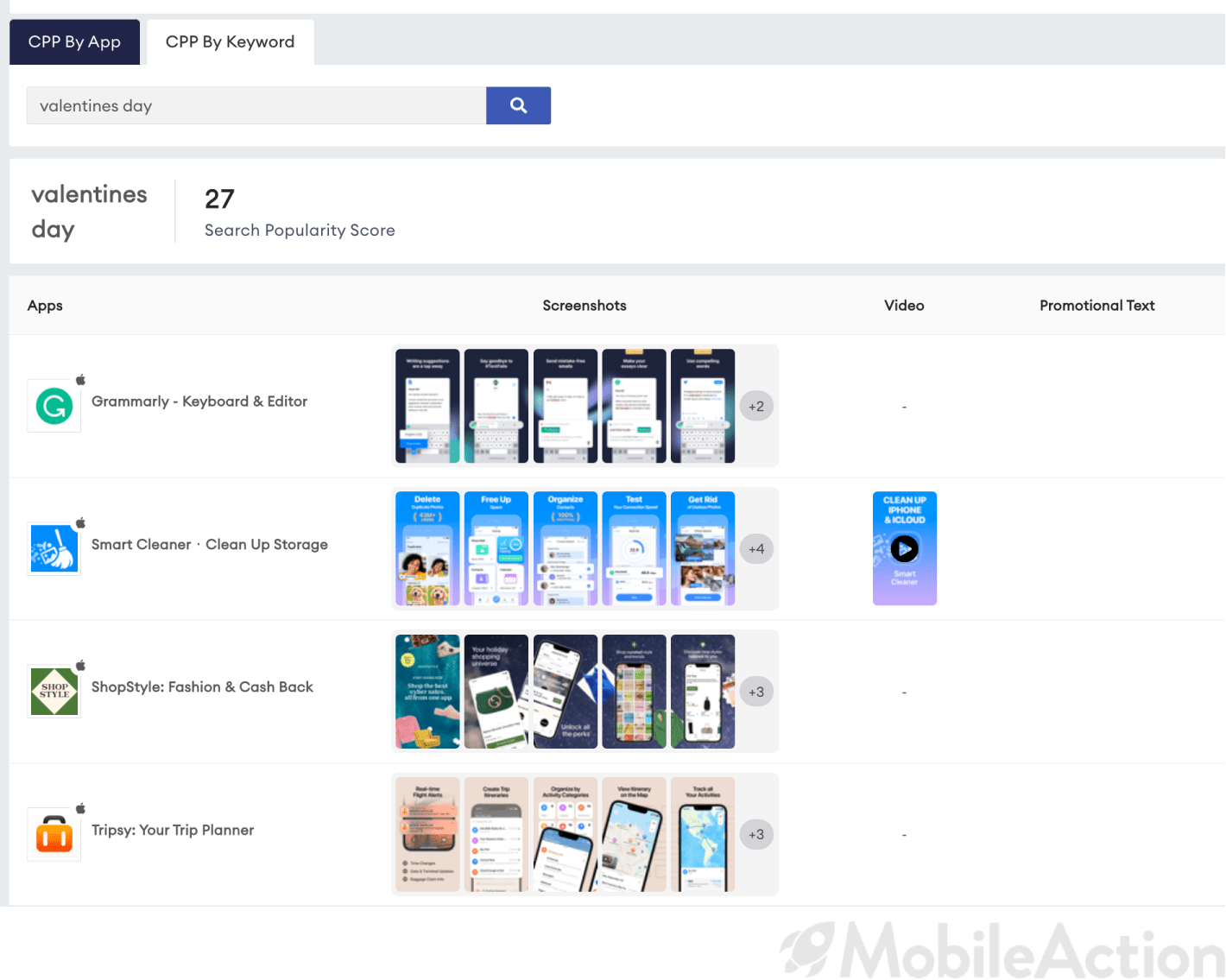
Key Takeaways
By incorporating seasonal elements, you can:
- Enhance your app’s relevance to the current season, thus appealing more to users by addressing their needs during that time.
- Set yourself apart from competitors.
- Increase retention of users by offering seasonal content, promotions, or discounts within the app.
- Consider personalizing the experience by using custom product pages targeting different users’ with different cultural backgrounds
To learn more about how to turn seasonality into an app marketing strategy and discover the tools sign up or schedule a demo with our experts!
